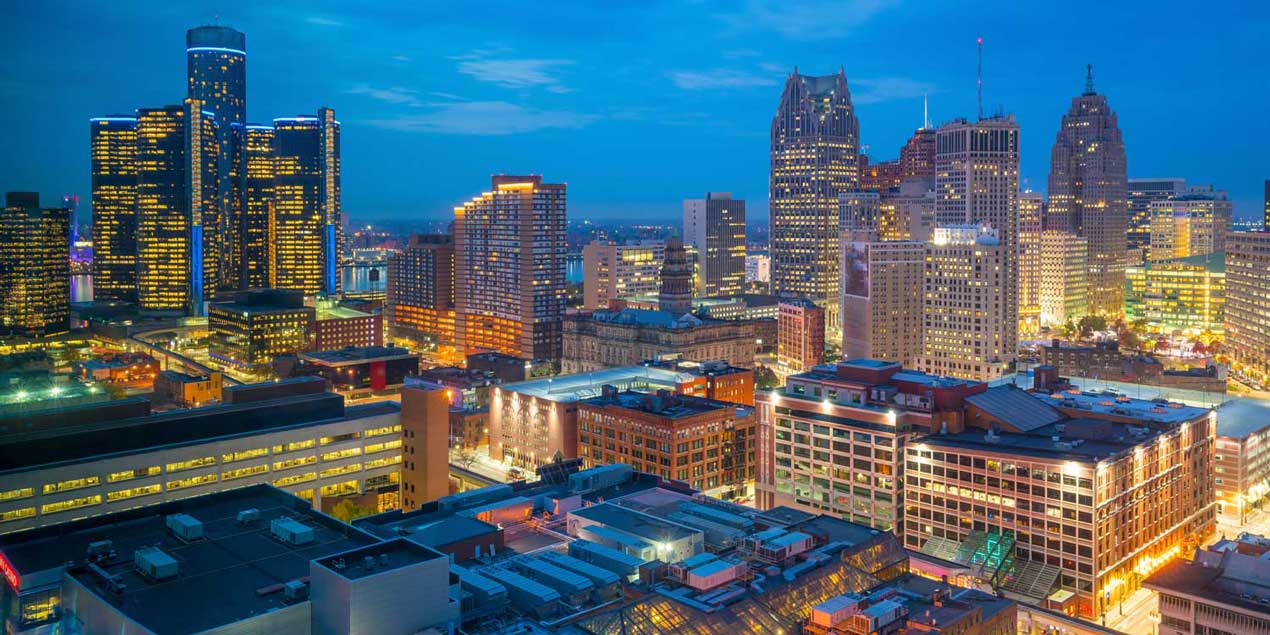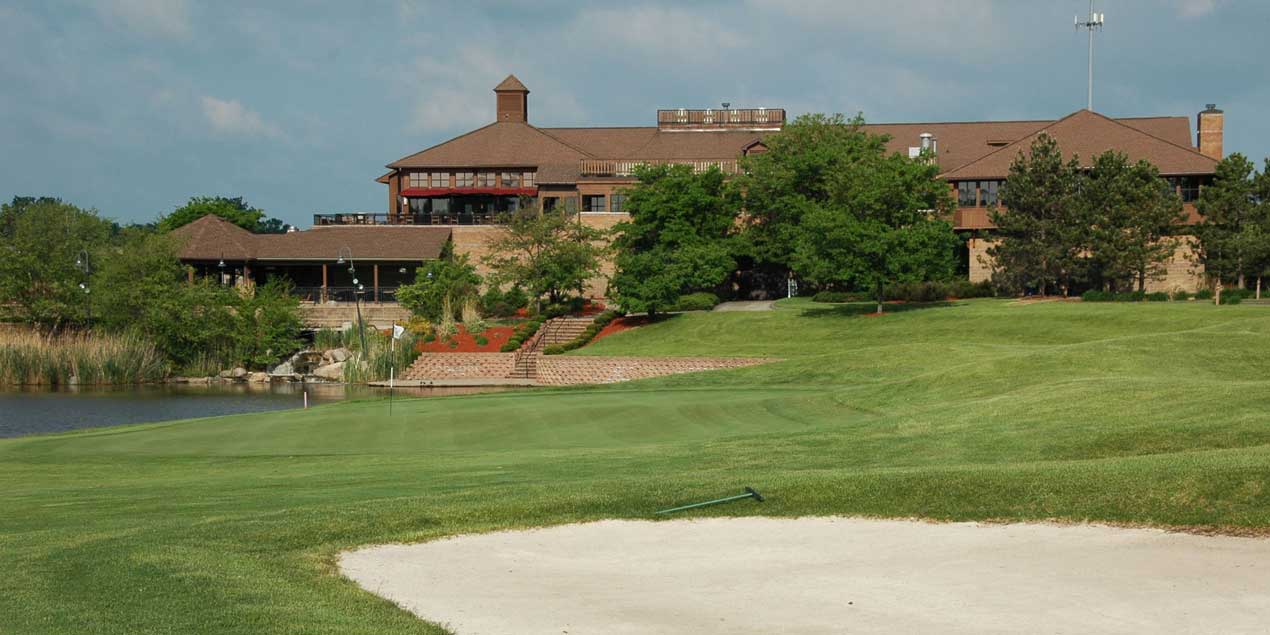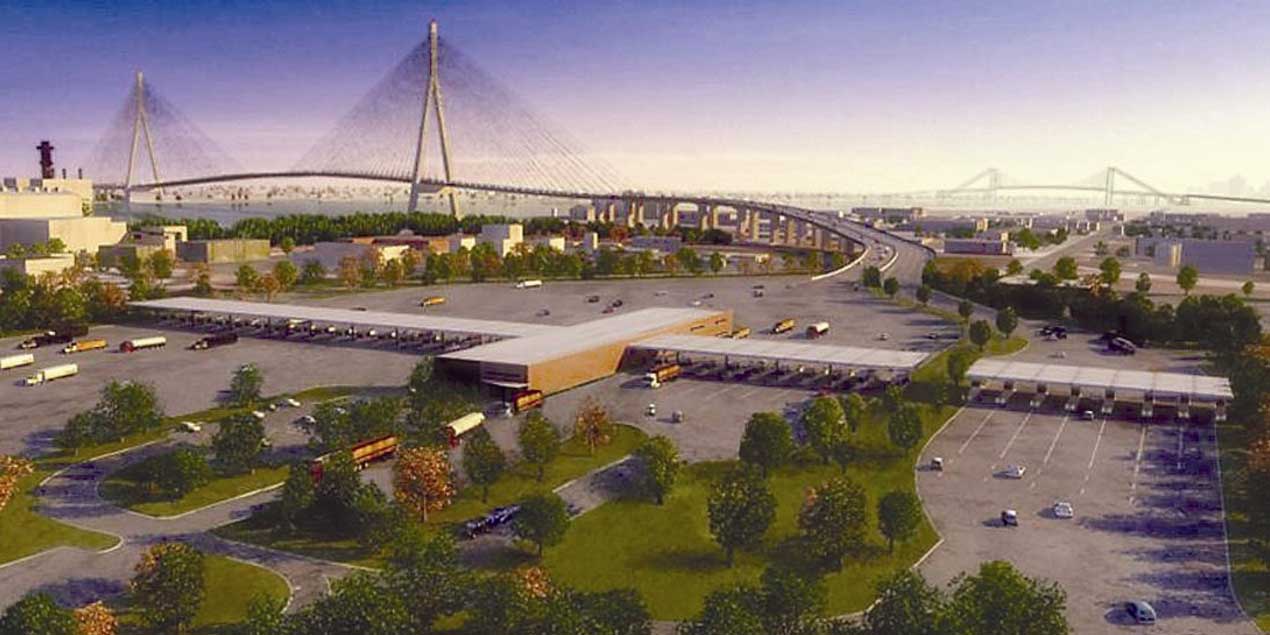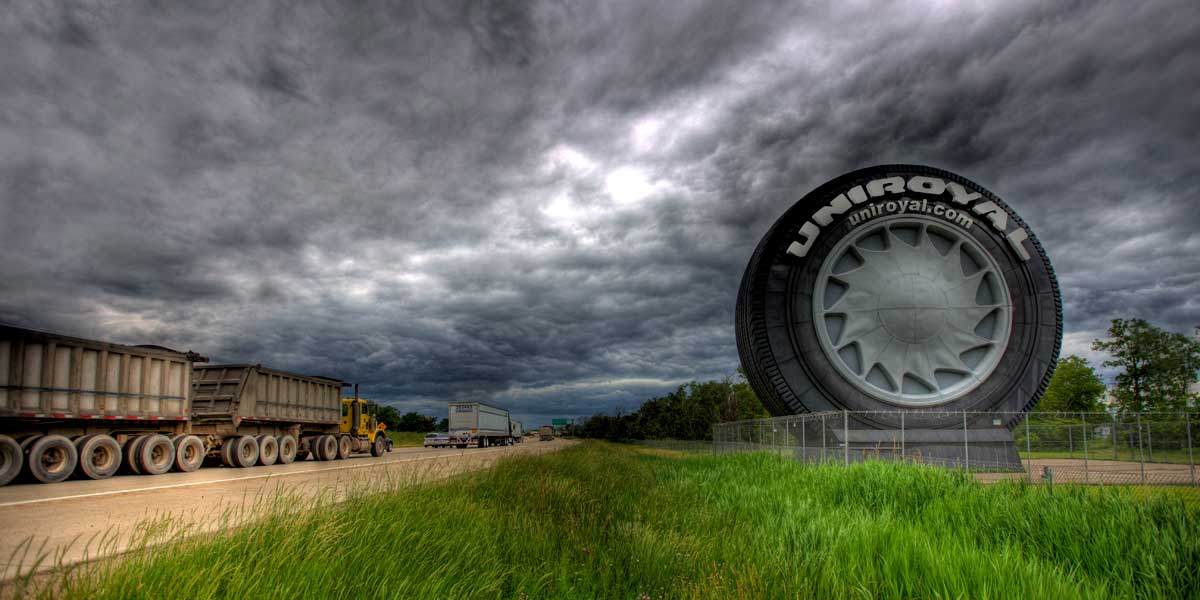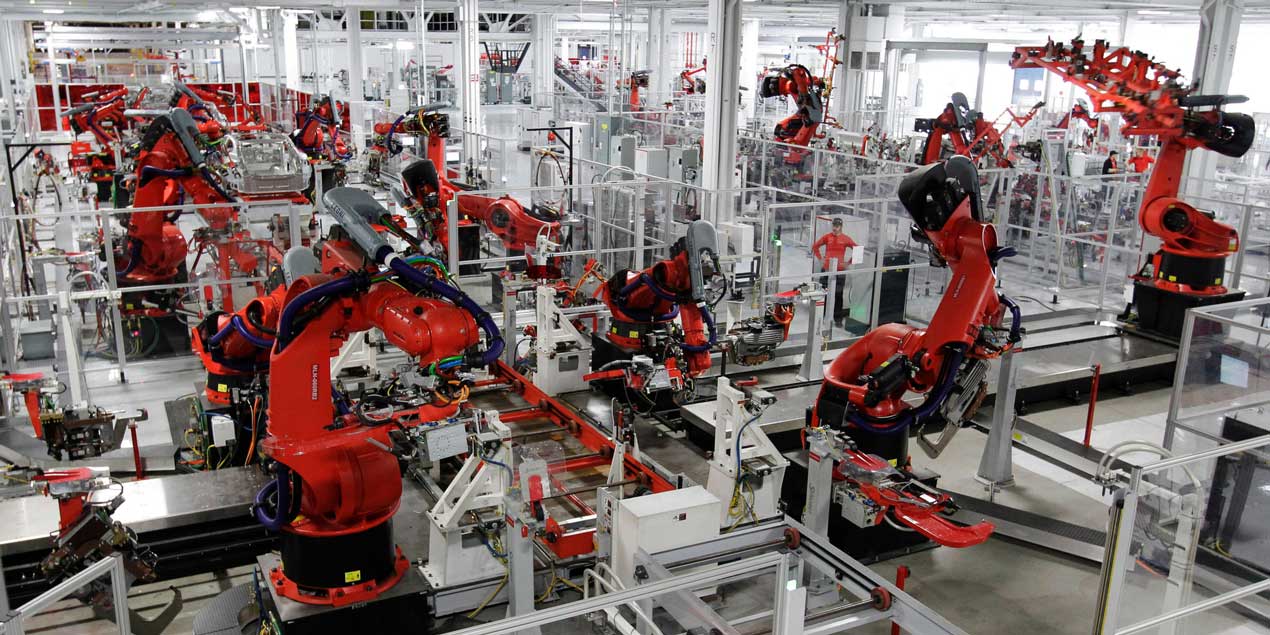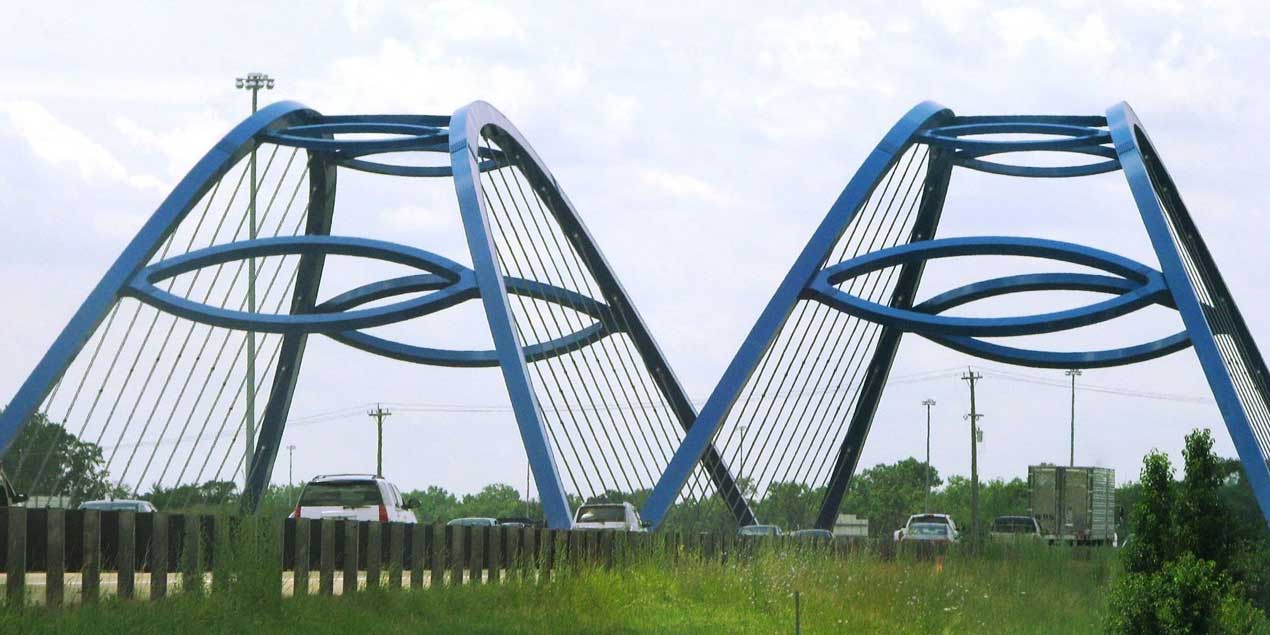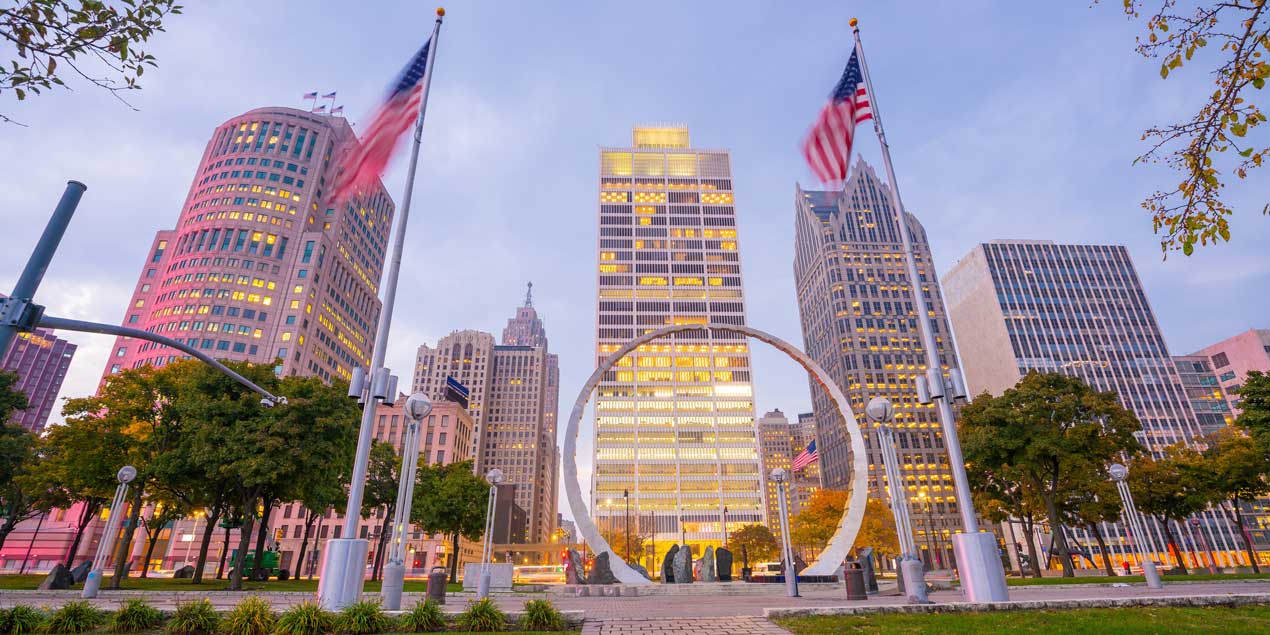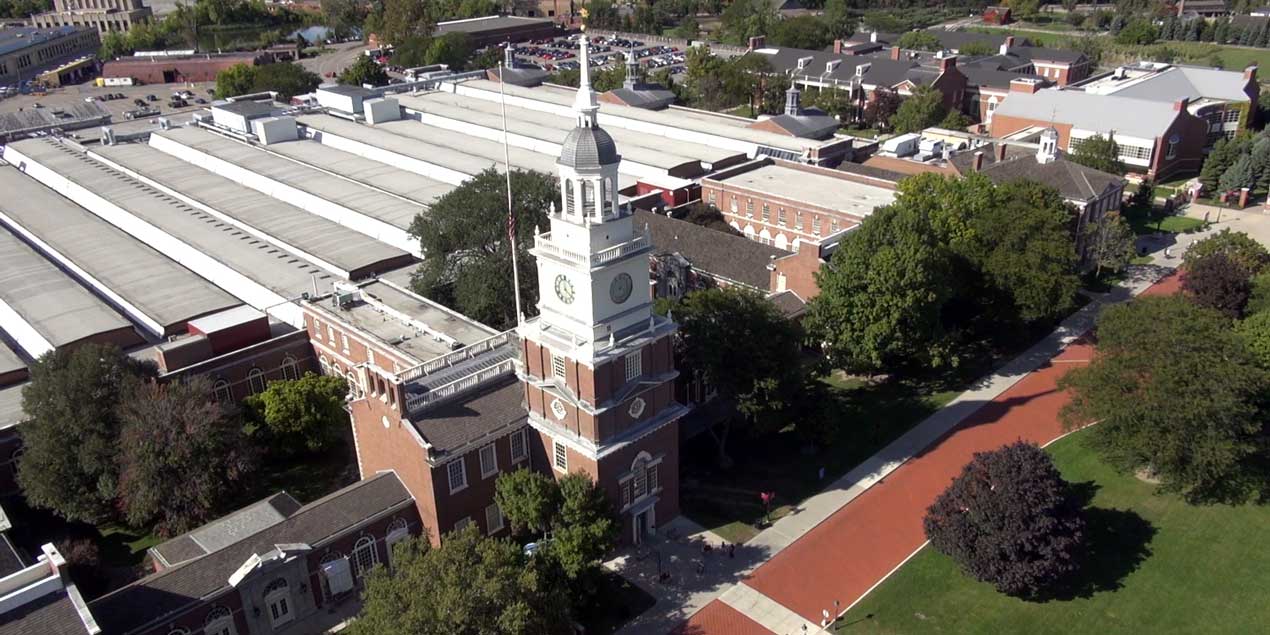
Wyandotte
The Heart of Downriver
Incorporated in 1867, the City of Wyandotte is often described as the ‘Heart of Downriver.’ The site where Wyandotte sits today was, in the 1700s, a village for the Native American tribe known as the Wyandot, a part of the Huron Nation. A waterfront community, Wyandotte is rich in history and is known for its distinctive architecture, charming downtown district and variety of cultural offerings. The City has been awarded the designation of a Preserve America Community by the Federal Government.
The City of Wyandotte prides itself on our community. We offer excellent schools, quality public services, safe neighborhoods, a charming downtown business district, a scenic waterfront and work together for continued development and historic preservation in our city. Wyandotte is well known for its community events, beautiful historical museum, festivals and our annual Wyandotte Street Art Fair. Our cultural and special events combined with our appreciation for the arts makes Wyandotte a dynamic city for a both residents and visitors.
We trust you will find our city to be a friendly, vibrant, and prosperous place in which to reside, visit and conduct business.
History & Demographics
The area that became the City of Wyandotte was first settled in 1732 by a branch of the Huron Tribe known as the Wyandots. The Wyandots first arrived from Ontario, Canada when their French allies founded Detroit. The Wyandots followed the Detroit River 10 miles to the south and founded a village named Maquaqua.
The first permanent non-native settler in the area was Major John Biddle. He was an officer in U.S. Army during the War of 1812 and a mayor of the City of Detroit. His land was located in the area of Biddle Avenue and Vinewood Avenue. He named his farm “The Wyandotte” after his neighbors to the south. When other settlers came to the area they started to refer to the area as Wyandotte. It is from Biddle’s farm that the City of Wyandotte derives its name.
December 12th, 1854 marks the date of the founding of the Village of Wyandotte, which coincides with the founding of Wyandotte’s first industry, the Eureka Iron Works. On May 26th 1865, the Eureka Iron Works was the first mill in the United States to produce steel using the Bessemer Process.
The Village of Wyandotte officially became the City of Wyandotte on April 8th, 1867.
Over the years, Wyandotte has mirrored the rest of the country with several waves of immigrant populations moving into the area seeking jobs and community. Much of the City’s culture is influenced by the German, Irish, Italian, and Polish immigrants.
As of the census of 2010, there were 25,883 people, 10,991 households, and 6,727 families residing in the city.




